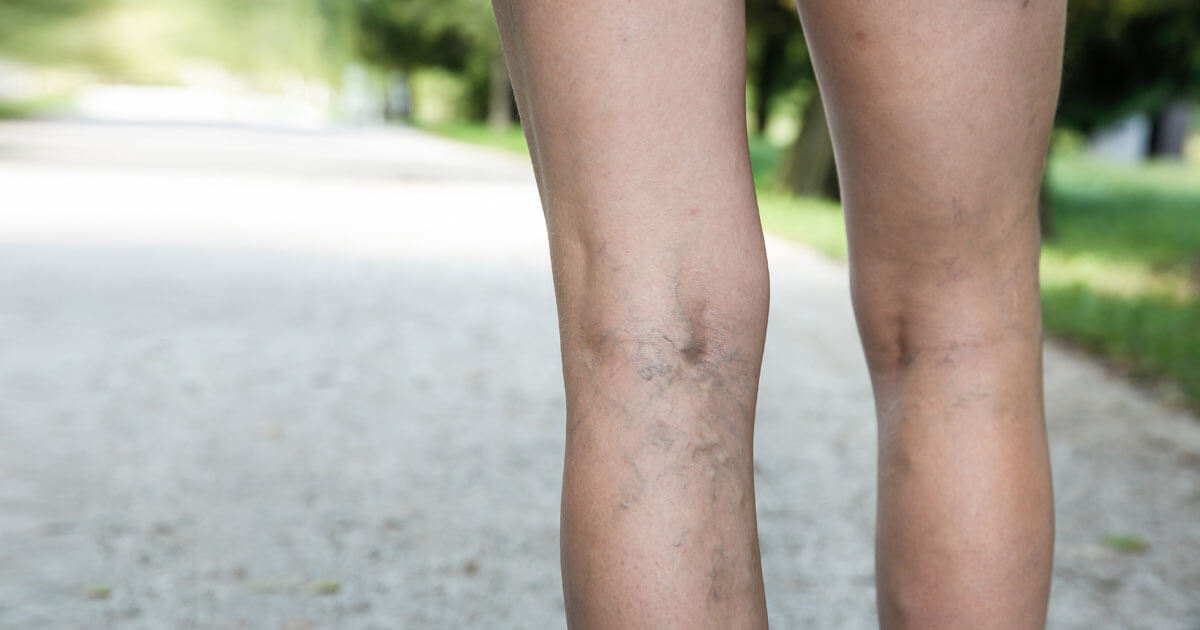Varicose veins and spider veins are common vein conditions that can affect anyone, but are more common in women and people who are older. These conditions occur when the valves in the veins that normally help blood flow back to the heart become damaged or weak. As a result, blood begins to pool in the veins and can cause them to become enlarged and twisted.
Varicose veins are typically larger and more visible than spider veins, and tend to appear on the legs and ankles. They can be blue, purple, or flesh-colored and are often raised and twisted. Spider veins, on the other hand, are smaller and more delicate, and tend to appear on the face, chest, and legs. They are often red, blue, or purple and resemble a spider’s web.
Both varicose veins and spider veins can be unsightly and cause discomfort, but they are generally not serious health risks. However, if left untreated, they can lead to more serious problems such as blood clots, ulcers, and skin discoloration.
There are several factors that can increase the risk of developing varicose veins and spider veins, including:
Age: As we get older, our veins become less elastic and more prone to damage.
Gender: Women are more likely to develop varicose veins and spider veins than men.
Pregnancy: The extra weight and pressure from a growing baby can put strain on the veins and increase the risk of varicose veins.
Genetics: If someone in your family has had varicose veins or spider veins, you may be more likely to develop them as well.
Obesity: Being overweight puts extra strain on the veins, which can increase the risk of varicose veins and spider veins.
Standing or sitting for long periods of time: This can lead to reduced blood flow and increase the risk of varicose veins.
There are several treatment options available for varicose veins and spider veins, including:
Lifestyle changes: Wearing compression stockings, losing weight, and exercising regularly can help improve circulation and reduce the risk of varicose veins and spider veins.
Sclerotherapy: This is a procedure in which a solution is injected into the veins to make them shrink and disappear.
Laser therapy: This procedure uses lasers to close off the veins and make them disappear.
Endovenous laser treatment: This is a more invasive procedure in which lasers are used to seal the veins from the inside.
Vein stripping: This is a surgical procedure in which the veins are removed through small incisions.
If you are concerned about varicose veins or spider veins, it is important to speak to your healthcare provider to determine the best treatment option for you. While these conditions are generally not serious, they can be unsightly and cause discomfort, so it is important to address them as soon as possible.






